Traditional
Marriage
From Abraham to the Present
Clement DeWall, D.Min
Copyright 2022 Clement DeWall Publishing
All rights reserved. No part of this publication may be reproduced, distributed, or transmitted in any form or by any means, including photocopying, recording, or other electronic or mechanical methods, without the prior written permission of the publisher, except in the case of brief quotations embodied in critical reviews and certain other noncommercial uses permitted by copyright law. For permission requests, write to the publisher, addressed Attention: Book Rights and Permission, at the address below.
Published in the United States of America
ISBN 978-1-956741-32-2 (SC)
ISBN 978-1-956741-35-3(Ebook)
Clement DeWall Publishing
222 West 6th Street
Suite 400, San Pedro, CA, 90731
www.stellarliterary.com
Order Information and Rights Permission:
Quantity sales. Special discounts might be available on quantity purchases by corporations, associations, and others. For details, contact the publisher at the address above.
For Book Rights Adaptation and other Rights Permission. Call us at toll-free 1-888-945-8513 or send us an email at admin@stellarliterary.com.
Other books by Dr. Clement DeWall:
What Your Church Didnt Tell You
Traditional Marriage: From Abraham to the Present
The Last Pope: The Diary of John Peter
Through the Eye of a Needle: The Path of Unconditional Love
False Questions: Jesus and Our Spiritual Path
Forgive 70X7: Our Forgotten Power
The Last Supper: It's First Century Development
All biblical quotations in this book are from the New Heart EnglishBible. Some quotes have been divided into paragraphs to make the text easier to read.
To my wife,
Eileen Mackin,
For her encouragement and support
Contents
Introduction
Over the past sixty years, I have conducted many weddings. While I can recall a few of the couples, the ceremonies are mostly a blur. One exception is the wedding of a couple who disliked having the father give away the bride. For them, it symbolized the bride as a piece of property handed from one man to another. So, they modified the ceremony: The groom walked down the aisle with his parents on either side, followed by the bride and her parents. Upon reaching the sanctuary, the two sets of parents gave the bride and groom to each other.
When I first began conducting weddings, the ceremony was carved in stone, with few options. Recently, more and more couples share a greater part in planning their wedding by choosing the music and readings, adding their own rituals, and writing their own vows. But certain elements remain: the wedding party, the exchange of rings, and the wedding kiss are still centerpieces. Some insist on the exact words at the end, I now pronounce you man and wife. And for many, the reception with a dance and wedding cake are untouchable.
People cling to a weddings peripheral elements, including everything outside the vows, probably because they believe the way a wedding is celebrated symbolizes the essence of what a marriage is, of what it has always been, and what it should always be. I believe in traditional marriage is a recent slogan, used not only to reject same- sex marriage, but to uphold the belief that marriage has always followed the same rules and always bestows the same rights, obligations, and prohibitions. In other words, the meaning and purpose of marriage have been unchangeable from the beginning of time.
Todays supporters of traditional marriage assert that they support only the marriage of one man and one woman. The expression, however, also implies the following:
(1) The couple must be free to marry: Therefore: (a) Neither party can be married to someone else. (b) Both parties must be old enough to have children. (c) Both parties must understand what marriage is. (d) The couple must not be closely related. (Generally prohibited are marriages between siblings, parents and children, first cousins, uncles and nieces, and aunts and nephews; sometimes others.) (e) Both parties must be of sound mind and freely consent, i.e., not be forced into the marriage.
(2) Since people get married because they love each other, mutual love is the primary purpose of marriage for many. On the other hand, many churches teach that its first purpose is the propagation of the human race. And in times past, marriage unions were used to cement relations between nations or families.
(3) The principal crime against marriage is adultery, which is sexual relations between a married person and someone other than ones marriage partner.
(4) The permissibility of divorce and remarriage is a topic disputed among Christians. Some will not permit it at all, while others dispute the reasons to allow it.
Those advocating traditional marriage often base their arguments on the Bible or Christian history. In this book, I will examine beliefs and practices related to marriage, including divorce and the status of women (1) in the Old Testament, (2) in Israel in the time of Jesus and in the New Testament, and (3) in the centuries following biblical times until now. Especially for the New Testament, our study will require a detailed analysis of biblical texts in their historical context.
UNIT 1
MARRIAGE IN THE OLD
TESTAMENT

1
The Hebrew Worldview of
Marriage
The history of marriage is a history of ideas. In going back to the time of Abraham, besides studying Hebrew laws and practices, we have to put ourselves into their world and their way of thinking. The Hebrews and their contemporaries were intelligent people, but they lacked the information and knowledge we take for granted today.
Hebrews had a primitive view of the world. When they looked into the sky, the sun appeared to travel from east to west. They had no reason to question their perceptions. At night, the stars looked as though they were fixed in the sky. And so, they thought the sky was solid; it was a firmament that let the rain fall when God opened up holes to water the earth.
Hebrew thinking about marriage was equally unsophisticated Their civilization had progressed enough to recognize the need for societal control over sexual conduct. People were also aware of the need for the human race to continue. The result was an assumption that men and women would enter into a union that society accepted, to bear and raise children. This union took place when a man took a wife. Another kind of sexual union was recognized when a man took a concubine. The difference between the two was that a wife would have specific rights or a written or verbal contract, at least implicit, which the concubine lacked. Consequently, only the children of a wife could inherit. These distinctions developed over time.
Any discussion of marriage today presumes several other ideas, such as vows, a marriage bond, a spiritual union, indissolubility, and free consent. Thoughts like these were never in the minds of the Hebrews, and they had no reason to formulate them. Even the idea of a marriage contract would not have been the same as our concept today. In the earliest times, the contract would have been little more than a mutual understanding that the couple would become husband and wife. Marriage was an acceptance of living together, and a couple would not have been considered married when they reached this agreement (or when their parents did so), but when they actually began to live together.
The marriage took place when they had sexual relations, which we call today the consummation of the marriage. In our society, a couple are married at the time they pronounce their marriage vows. In ancient times, marriage was another stage of life, and it began not with an agreement, but by living as a married couple Israelite society was basically agrarian. Families had to raise their own food, and they depended on the land to do it. As fathers grew old, they needed the help of at least one son to survive. Hence, sons were essential for the material well-being of the family.
Next page


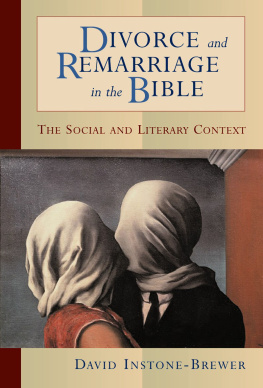

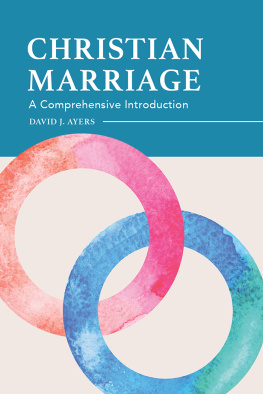

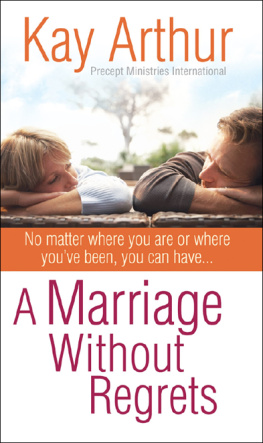
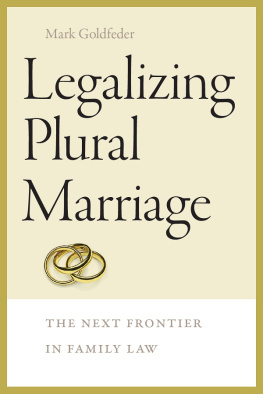
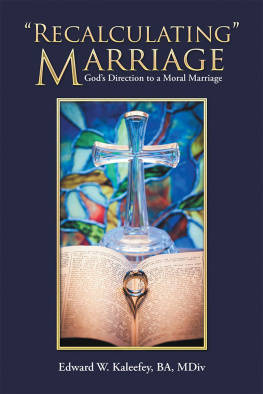
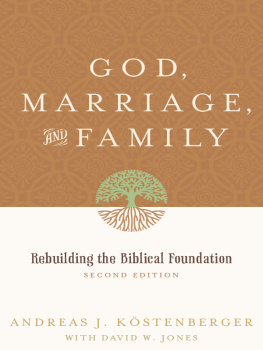
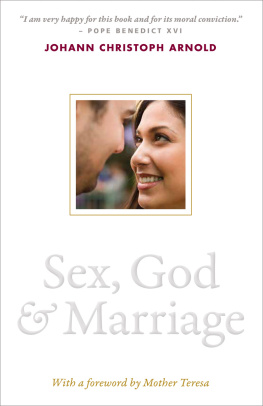
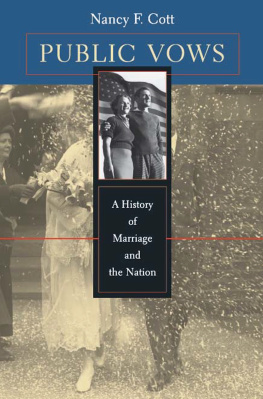
 1
1